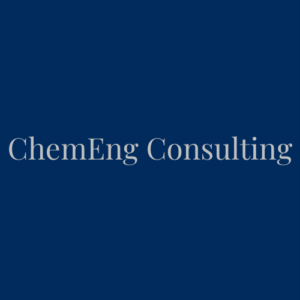Global 2-Mercaptoethanol Market Analysis: Trends Through 2032
The 2-Mercaptoethanol market continues to show steady growth prospects, with projections indicating expansion from USD 133.20 million in 2023 to approximately USD 214.90 million by 2032. This represents a compound annual growth rate (CAGR) of 5.50% during the forecast period.
Market Overview
2-Mercaptoethanol (also known as BME or β-mercaptoethanol) serves as an essential reducing agent in numerous laboratory applications. The chemical’s ability to cleave disulfide bonds in proteins makes it valuable across biotechnology, pharmaceuticals, and various research settings.
The market segmentation shows distribution across several key applications:
- Biotechnology sector: Used in protein research and DNA applications
- Pharmaceutical industry: Component in drug development and testing
- Agricultural applications: Used in various research capacities
- Consumer products: Limited but specific applications in certain products
Growth Drivers
Several factors contribute to the sustained growth in this specialized chemical market:
Research Expansion
The expansion of biotechnology research globally represents the primary growth driver. As molecular biology techniques become standard across more industries, demand for research chemicals like 2-Mercaptoethanol continues to increase.
Pharmaceutical Development
Increased investment in pharmaceutical research creates substantial demand, particularly as protein-based therapeutics gain prominence in drug development pipelines.
Educational Institution Demand
The growth of academic research programs globally provides consistent demand, with universities and research institutions requiring reliable supplies for both teaching and research applications.
Regional Analysis
The market shows geographic concentration with North America holding the largest market share (approximately 38.2% in 2022). This dominance stems from the region’s extensive biotechnology infrastructure and pharmaceutical research activities.
The Asia-Pacific region demonstrates the highest growth potential, with projected CAGR exceeding 6% through 2032. This growth connects to increased investment in research infrastructure and manufacturing capabilities throughout China, Japan, India, and South Korea.
Competitive Landscape
The market features several established manufacturers with specialized chemical production capabilities. Key companies include:
- Chevron Phillips Chemical Company
- BASF SE
- Sunion Chemical & Plastics
- Thermo Fisher Scientific
- Sigma-Aldrich (Merck)
These companies compete primarily on product quality, reliability, and specialized formulations for different applications. The market shows moderate consolidation, with the top five manufacturers controlling approximately 65% of global production capacity.
Future Outlook
Looking ahead, several trends will shape market development:
Purity Requirements
Increasing demands for higher purity formulations, particularly for sensitive biotechnology applications, will drive product development and potentially create premium market segments.
Supply Chain Security
After recent global supply chain disruptions, many end-users now prioritize supplier reliability and geographic diversification of manufacturing capacity.
Alternative Technologies
Research into alternatives with reduced toxicity profiles continues, though 2-Mercaptoethanol remains the standard for many applications due to its effectiveness and established protocols.
Conclusion
The 2-Mercaptoethanol market demonstrates the characteristics of a mature specialty chemical market with steady growth prospects. The projected CAGR of 5.50% through 2032 indicates sustained demand driven primarily by research applications.
While facing some challenges related to handling requirements and workplace safety regulations, the market benefits from established applications and growing research activities globally. Manufacturers focusing on high-purity formulations and reliable supply chains will likely capture the highest-value market segments.
